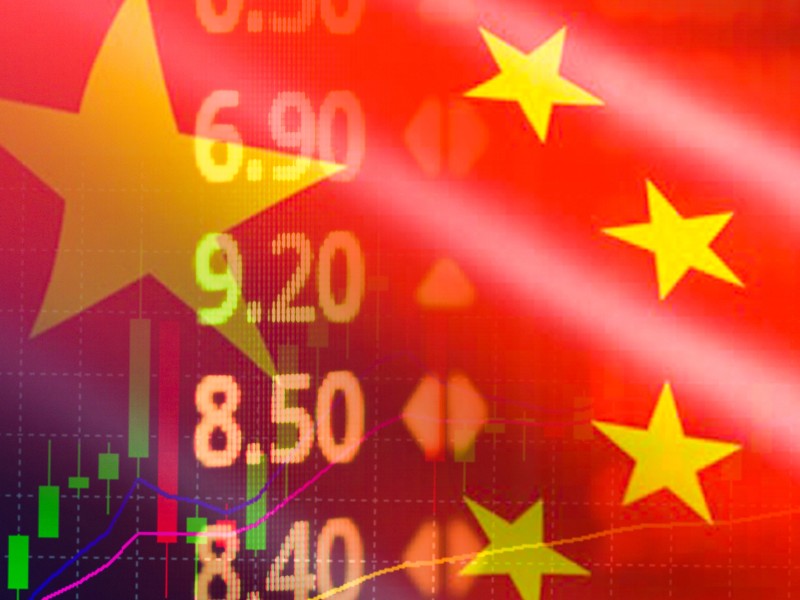
The phase one trade deal between the U.S. and China was presented by the Trump administration as an “historic and enforceable” agreement that “begins rebalancing the U.S.‑China trade relationship.” While the pact makes incremental progress on issues like purchases of U.S. exports and market access, it more likely signals a détente, suggesting that trade tensions between the two countries will remain a concern through the 2020 U.S. election cycle.
Rather than weather the market uncertainty of an ever‑escalating trade battle, both the U.S. and China left the most controversial terms of negotiation for the future: intellectual property rights, Chinese industrial policies and Chinese state‑owned enterprises.
Tariff threats remain the president’s preferred enforcement tool
The agreement resolves some thorny issues investors and corporations engaging with China face.
China committed to stricter enforcement of previous and newly reformed laws that prohibit forced technology transfer from U.S. to Chinese firms. To handle claims of malpractice, the U.S. and China will establish a joint enforcement committee to reinforce the terms of phase one in practice.
The pact also commits China to an incremental USD $200 billion purchase of agricultural, energy, services and manufactured goods over two years, compared with the 2017 baseline imports from the U.S. These purchases expand total exports to China in politically critical industries.
China is expected to comply with the terms of the agreement — as is politically convenient — at least through this year.
Though the deal includes the formation of a joint committee to review and penalize bad actors, that committee is both novel and developing — meaning that its rules, procedures and capabilities have yet to be realized. That lack of clarity may incentivize President Trump to continue to use tariffs as a tool to build leverage in negotiations. If the president believes China is not holding up its end of the agreement, he may impose snapback tariffs that were removed as a part of the phase one deal.
Today, the phase one agreement’s most significant effect is the certainty on China trade it provided to equity markets. This should help provide the administration critical stability in an election year. Politically, the agreement gives the president the opportunity to highlight the fulfillment of a campaign promise.
Challenges facing phase two
The certainty and stability provided by phase one will fade in 2021. While a Democratic president may be more focused on human rights violations, either a second‑term President Trump or a newcomer to the White House will face immense political pressure to prove that China’s behaviour has changed before considering additional tariff relief.
And, as time progresses, the president will face more pressure from an increasingly hawkish Congress to address the difficult issues left unresolved by the phase one deal: U.S. disputes over China’s sponsorship of industry champions and state‑owned enterprises with unfair market advantages and China’s widespread investment in critical infrastructure projects in developing countries (the Belt and Road Initiative), which provides increasing control over supply chains and technologies in those markets.
As China has developed and copied more sophisticated technologies in semiconductors, artificial intelligence and biotechnology, the U.S. defence establishment has become increasingly concerned about China’s capacity to pose an economic and national security threat via critical technology supply chains. These increasingly prevalent challenges will continue to fuel the tech cold war between the two countries.
Given the Chinese president Xi Jinping’s focus on surpassing the middle income trap, China will likely continue to protect its long‑term growth and expansion goals—refusing to demur to unilateral demands made by the U.S. Until additional pressure from multilateral actors can reinforce the United States’ positions on China, significant and long‑lasting changes by China will presumably remain elusive.
